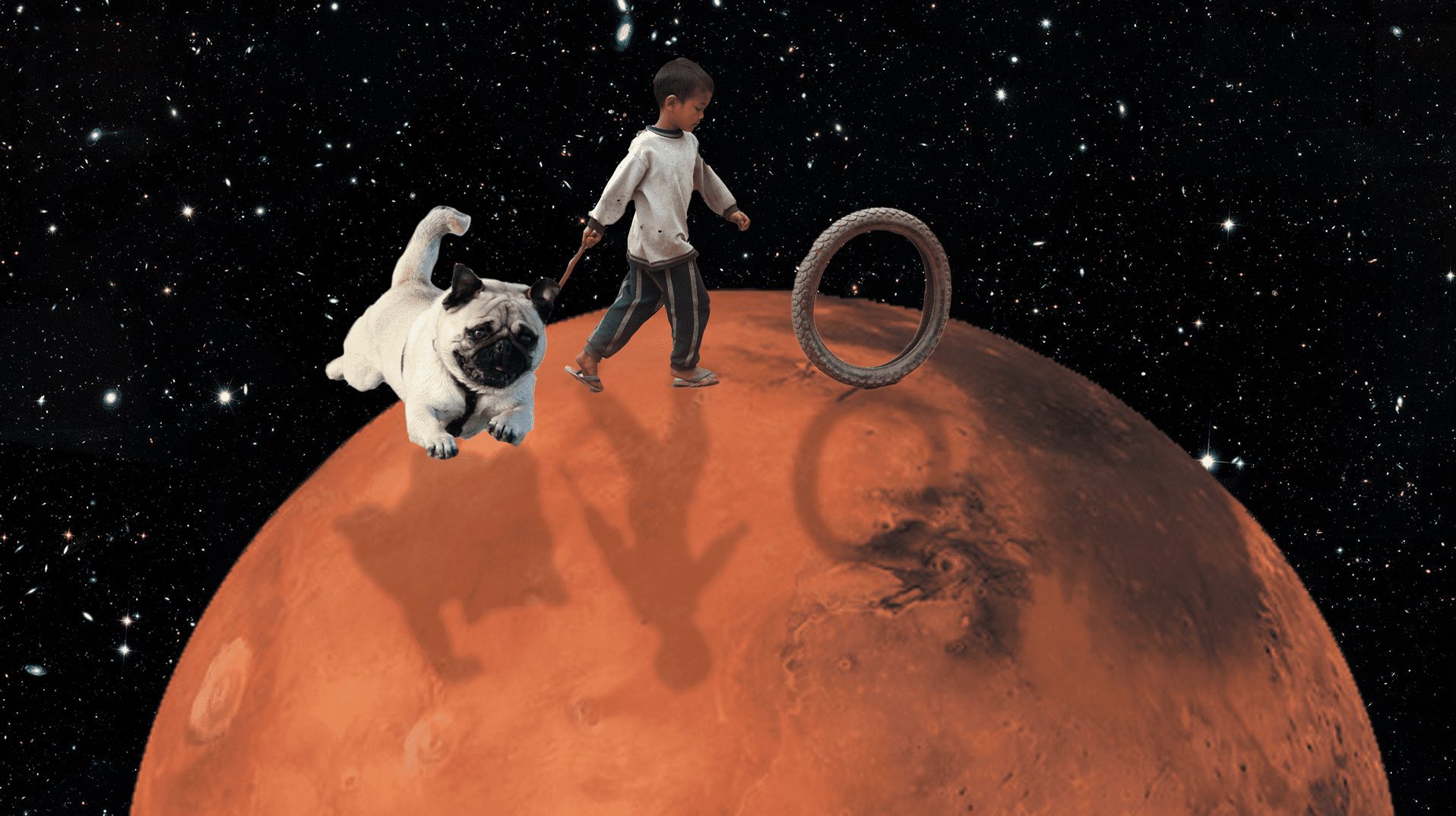Space travel has never been more en-vogue. With Perseverance, the rover that Nasa spent over $2 billion on its mission to Mars, which is now sending back incredible imagery and videos as it goes on a two-year hike around the red planet, everyone wants the answer to this burning question.
Could Mars support life from Earth? Scientists who have spent months studying this question and looking for an answer believe they know.
According to researchers from NASA and the German Aerospace Center who launched certain living microbes into Earth’s stratosphere where the conditions are similar to what it would be like on the surface of Mars, the answer is yes.
Marta Filipa Cortesao, one of the German scientists on the team explained why in a statement. “Some microbes, in particular spores from the black mold fungus, were able to survive the trip, even when exposed to very high (ultraviolet) radiation.”
A study published in Frontiers in Microbiology contains findings from Coresao, who was one of the lead authors of the published report.
The reason they studied the microbes is because if there ever was an attempt to put humans on the Red Planet, it would be important to know if they could cause danger to the astronauts because the black mold would follow them on the spacecraft.
Fellow author Katharina seems shared another finding. ”With crewed long-term missions to Mars, we need to know how human-associated microorganisms would survive on the red planet, as some may pose a health risk to astronauts. In addition, some microbes could be invaluable for space exploration. They could help us produce food and material supplies independently from Earth, which will be crucial when far away from home.”
The study is fascinating in the sense that so many factors have to be accounted for before even considering the realistic possibilities of humans inhabiting another planet. Even something as seemingly mundane as what affect mold will have on life on Mars.
Here’s a couple other factors that future studies will have to tackle.
- Getting there. Mars is 134.11 million miles from earth. A trip to Mars would take seven months minimum, which is longer than astronauts currently stay on the International Space Station.
2. Breathing.Yes, being able to breath is required for humans to survive, and the surface of Mars will provide a challenge because it’s atmosphere is only comprised with 0.16% oxygen, which is 100 times thinker than the atmosphere on Earth. A spacesuit would be required at all times.
3. The Weather.Think Fargo, North Dakota on its worst day ever, than double it. The average temperature on Mars is -80 Fahrenheit. Near the equator of Mars the temps can get up to a balmy 70 degrees, but it could be 100 degrees below zero that night.


















Add comment